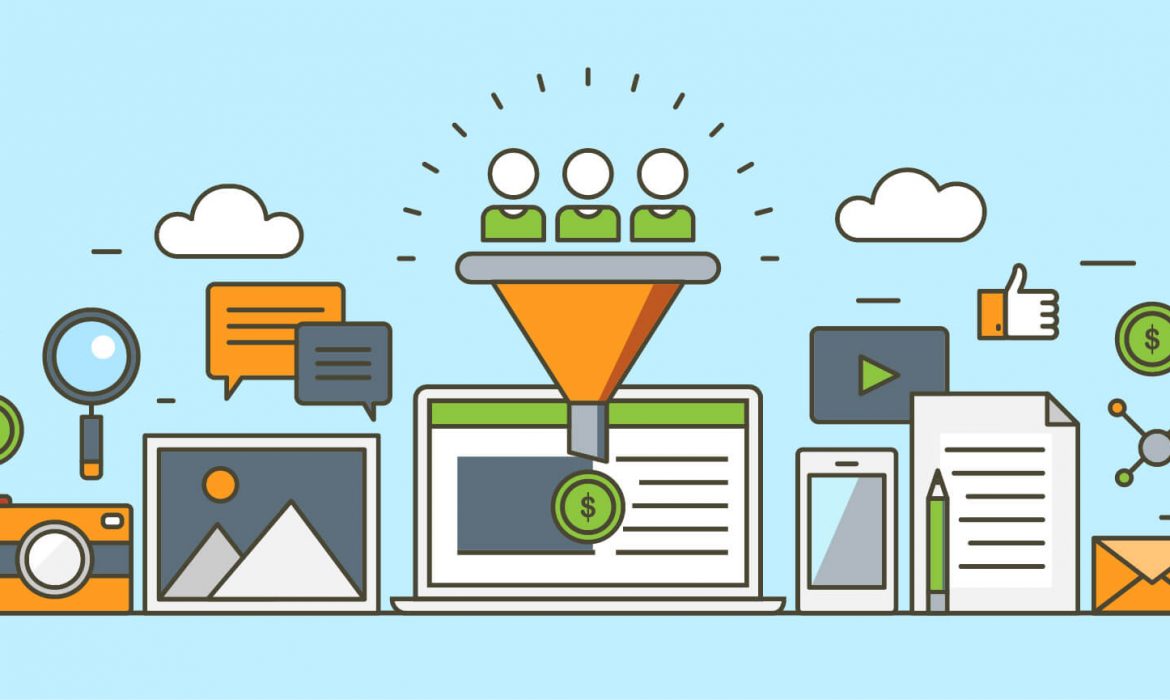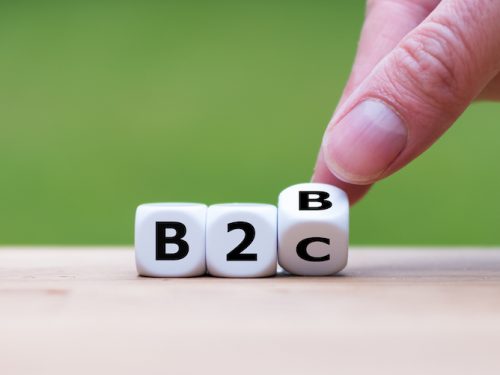
If you’ve ever worked in B2B marketing or sales, chances are you’re familiar with the concept of the lead generation funnel.
The traditional lead generation funnel starts with a wide pool of leads at the top, which gradually narrows down to prospective customers, then opportunities, and eventually to customers.
This encourages sales and marketing alike to take a “spray and pray” approach to lead generation, targeting masses of people indiscriminately with the mentality that more leads will inevitably lead to more revenue in the long run.
But is this approach a little bit backwards?
Content produced in association with Terminus.
Flipping the funnel: What is account-based marketing?
In recent years, B2B marketers have been taking a second look at the funnel approach and its effectiveness in delivering conversions.
Research by Forrester in 2013 deemed that the funnel approach for B2B marketing is “insufficient”; less than 1% of leads ever generate any revenue for companies, meaning that marketers waste 99% of their time and resources on lead generation that will never bring in any revenue.
In addition to this, B2B marketers are realizing that the indiscriminate “spray and pray” technique is putting off more potential customers than it brings in. Instead, they are moving towards more carefully-crafted personalization-based techniques for targeting leads.
Enter account-based marketing (ABM), a new approach to demand generation which has been attracting increasing amounts of interest in the B2B marketing industry. Account-based marketing turns the traditional lead generation funnel on its head by starting with the consumers who would be the best fit for your product and working outwards.
Account-based marketing has been around for a few years, but it’s really starting to take off now as marketing technology has simplified the process with a wide range of data collection, personalization, and automation tools.
So how can you flip your funnel with account-based marketing? Terminus Co-Founder & CMO, Sangram Vajre, created the #FlipMyFunnel model and also wrote the first-ever book on account-based marketing.
Let’s explore the #FlipMyFunnel model for ABM.
Identify
The first stage of the account-based marketing funnel is to identify – begin the sales process by focusing on a single point of contact.
What is your ideal customer profile? Think about the criteria which make up your ICP, and then look for accounts that fit these criteria.
Once you’ve made contact with your best-fit accounts, the next stage is to expand your reach within those accounts.
Expand
Once the account has been created, expand it by adding more contacts. The account is your best-fit customer profile – the type of company you want to work with. The contacts are the people who will use your product or service.
As this is the opposite approach to the outwards-in mentality that sales and marketers are used to from the traditional lead generation funnel, it can be tough to get to grips with. Rather than narrowing down a prospect through different stages of qualification, flipping the funnel requires starting with those qualifications and expanding outwards.
The next stage is where it really starts getting bigger – engagement.
Engage
The engagement stage of account-based marketing is the broadest and involves utilizing as many channels as you have at your disposal to engage with your prospects. Be creative – think emails, webinars, targeted and programmatic advertising, video content, events, e-books or white papers, and more.
Traditionally this would be the first step in the lead generation funnel, such as an email blast with the aim of attracting leads that could then be narrowed down through subsequent stages of the funnel. But by identifying your key prospects first before engaging with them, you can personalise your campaigns and apply your knowledge of their pain points, motivations, and demographics to tailor your approach.
A core tenet of account-based marketing is that sales and marketing should work closely together, so talk to your sales reps and get their insights into the mind set of your target audience in order to inform your campaigns.
Advocate
The final stage takes place when your accounts are customers and involves creating customer advocates for your business.
By delivering a strong customer experience, your goal is to turn your customers into raving fans of your business who will spread the word about you organically through reviews, referrals, and talking to their peers.
What are the returns?
While all of this sounds good in principle, does it deliver results?
Account-based marketing is still quite new, and not a lot of research and literature exists around it yet, but what does exist is promising.
It can take a significant initial investment to start the switch to account-based marketing, particularly as it requires a complete shift in mind set from the traditional approach and closer harmony between the sales and marketing sides of an organization.
But the results can be worthwhile; tightly-aligned marketing and sales teams have shown to report stronger ROI.
So if you find your traditional approach to B2B marketing isn’t generating you enough returns, try flipping your funnel upside-down with account-based marketing.
___
by ClickZ
source: ClickZ
